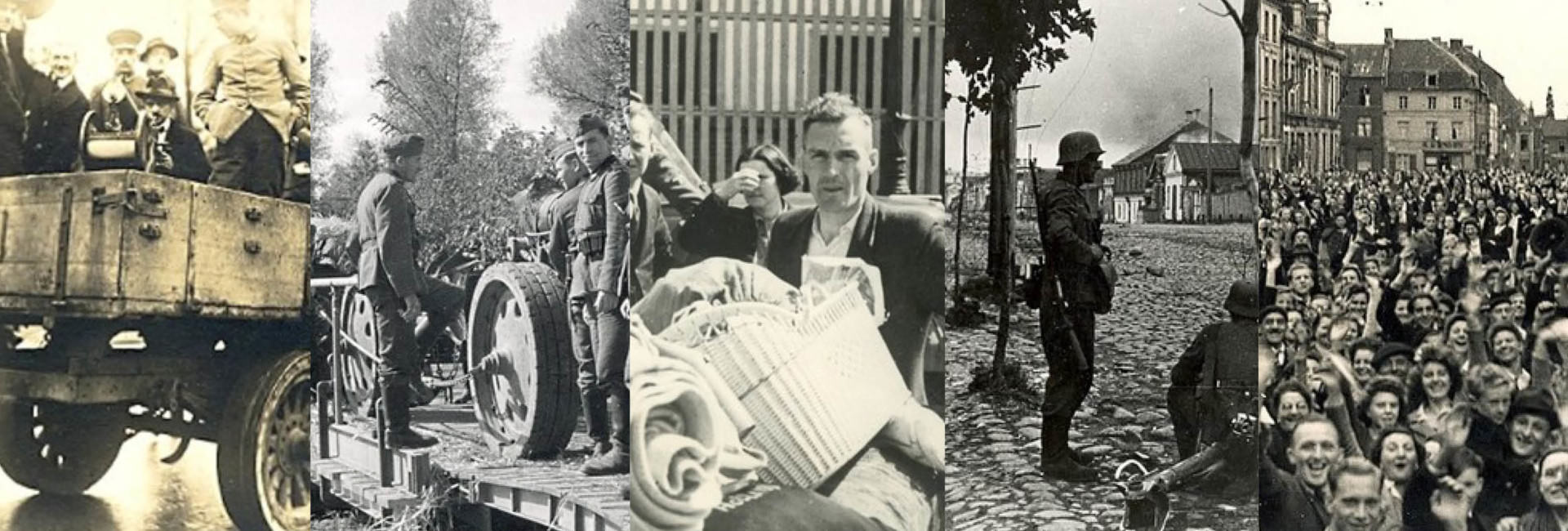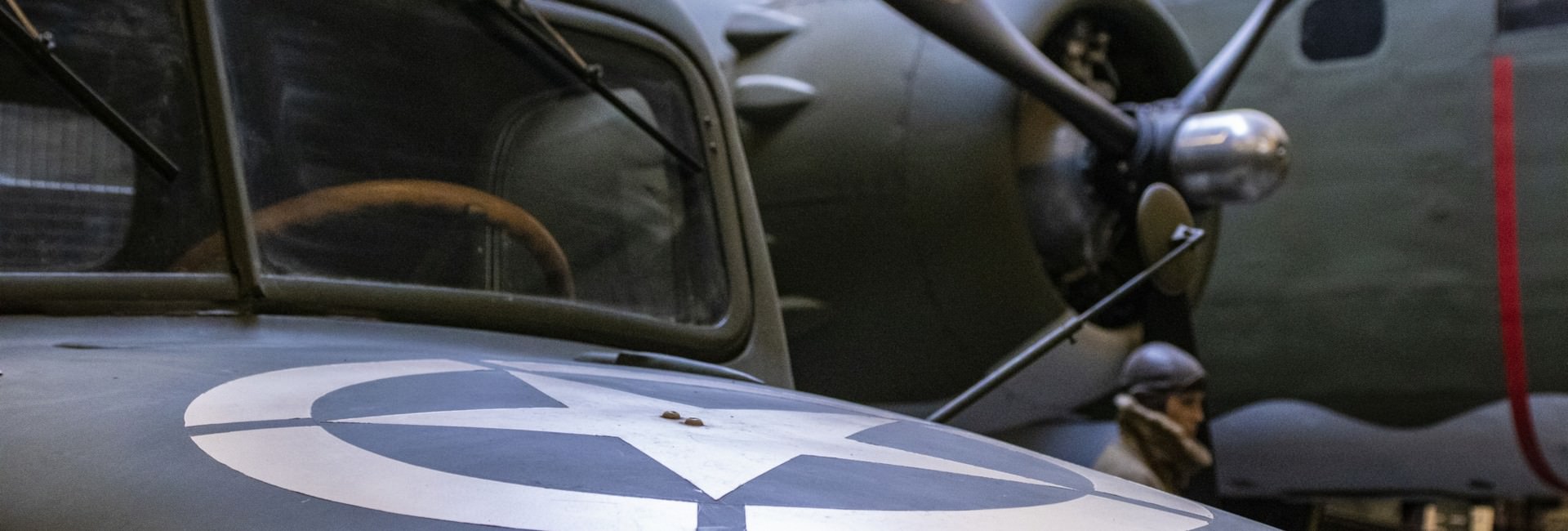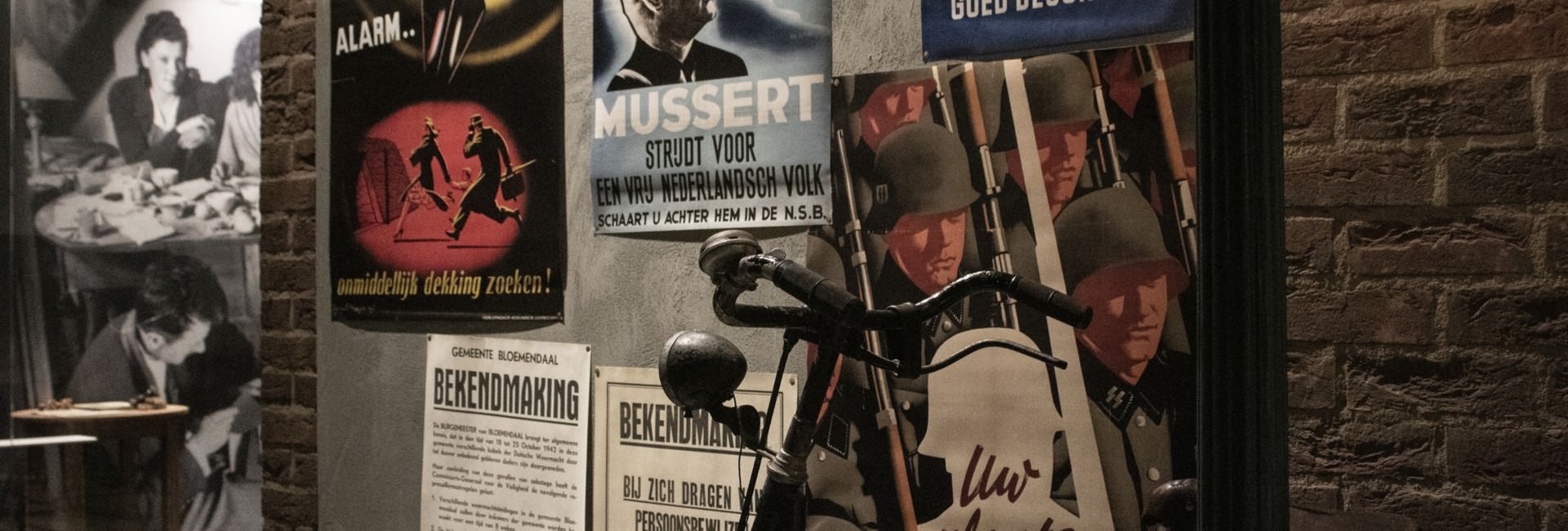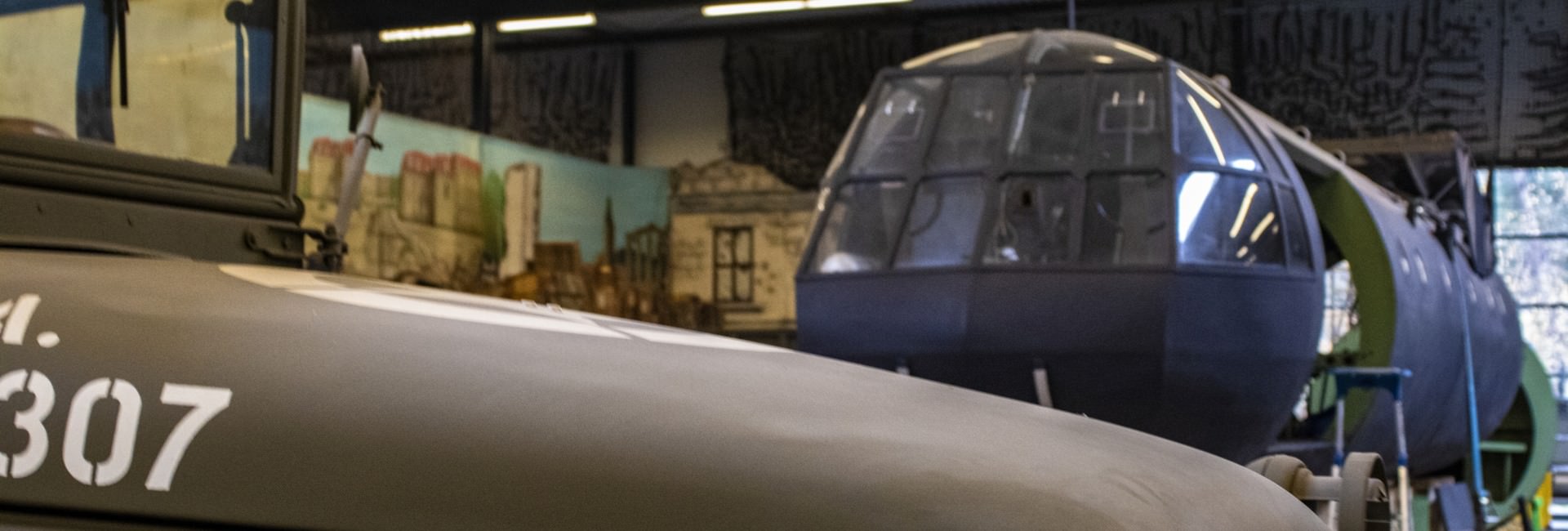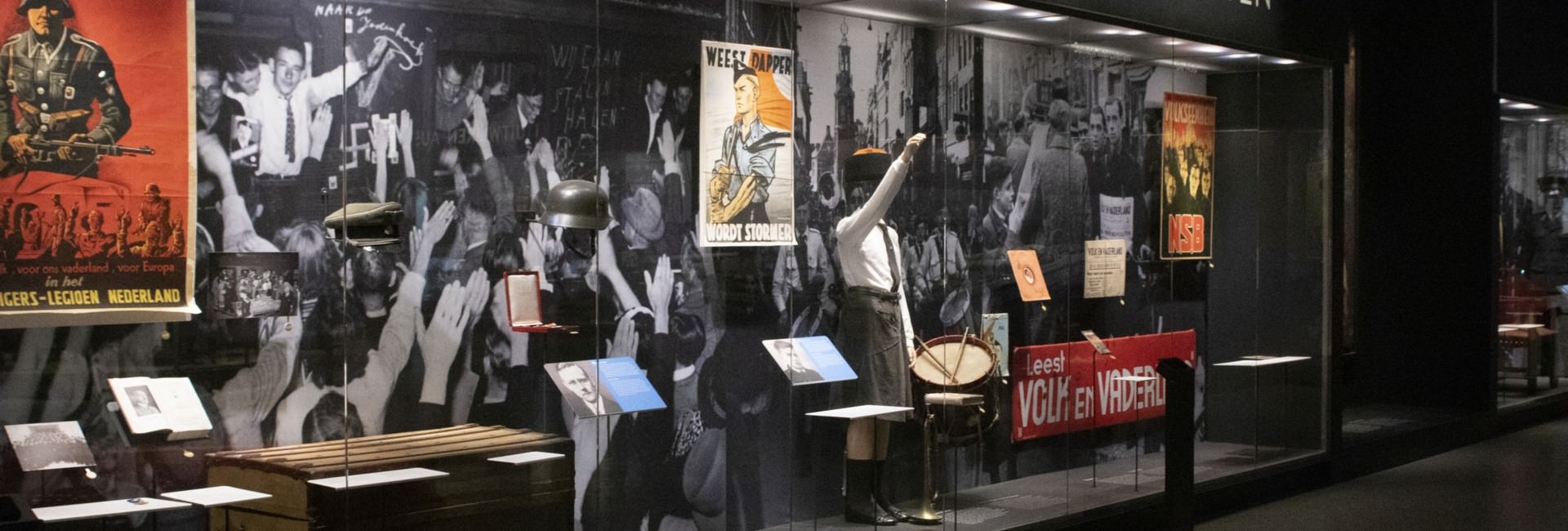WWII in 10 steps
Rarely has there been an event that so profoundly impacted the history of humanity as the Second World War. If you realise that, it is, of course, very much an oversimplification to describe that period, with its lead-up and aftermath, in ''just'' ten steps. First, because you lose all sense of nuance when trying to capture something so complex in an overview, whether in three, ten, or even a hundred steps. Second, because the human consequences, or indeed all crimes against humanity, risk being compressed into an abstract whole. The enormous suffering behind it can easily be overlooked.
At the same time, we must acknowledge that the Second World War is becoming increasingly distant in time. It is becoming harder for people to picture what the war was actually about, how it was fought, or even between whom.
The following ten steps are intended as an overview, a framework in which to place individual events. Listing all events per step is impossible. But for anyone who wants to know more, there are tens of thousands of books and articles, offline and online, about the people and events of the Second World War. The vast majority can be linked to one of these ten steps.
We have limited each step to 100 words. So here it is: the Second World War in one thousand words.
1. THE OLD WORLD ORDER
The First World War lasted from 1914 to 1918. The Netherlands did not take part. Germany lost that war to the Allied countries, such as Britain, France, and the USA. In the peace treaty, the Treaty of Versailles in 1919, Germany was given strict conditions. Meanwhile, in Russia, the revolution of 1917 has brought the communists to power. They wanted political power to lie with the workers. Communist groups emerged everywhere, aiming to implement this in their own countries. Thus, in 1922, Russia became the Soviet Union, an enormous country spanning two continents: Europe and Asia.
2. THE RISE OF HITLER
Adolf Hitler, an Austrian, had fought for Germany in the First World War. Bitter over the defeat, he founded his own political party, the NSDAP. In 1923 he attempted to seize power, but failed. In prison, he wrote Mein Kampf, declaring that Jews were an inferior race and that the German people had the right to more territory. Meanwhile, a global economic crisis had broken out. Hitler blamed the Jews and warned against the communists. In 1933, Hitler was democratically elected in Germany. He eliminated his opponents and began building a new army.
3. THE AXIS OF EVIL
Germany gained two allies: Italy and Japan. Together they became known as the Axis Powers. Several smaller Eastern European countries also joined. Italy aimed to annex a large part of Africa, while Japan (already at war with China in the 1930s) wanted more power in Asia. Access to raw materials was vital for economic growth. Japan lacked these resources, but neighbouring countries had them, including the Dutch colony of the Dutch East Indies. In August 1939, Germany and the Soviet Union agreed not to attack each other. A month later, Germany invaded Poland.
4. THE OCCUPATION
After Poland, Germany first attacked Denmark and Norway and in May 1940 also the Netherlands, Belgium, Luxembourg and France. After short battles, they were occupied by the German army. Hitler also wanted to conquer England, but in the end it did not come to that, partly because the English Air Force fiercely opposed the German Luftwaffe. But Western Europe had therefore largely come into German hands. England stood alone. Surprising was Hitler's attack on the Soviet Union in 1941. And, in 1941 and 1942, Japan's attack on Singapore, the Dutch East Indies and a number of American islands, among others. That is how the USA ended up in the war.
5. EVERYDAY LIFE
There were quite a few differences between the territories occupied by Germany. In Eastern Europe, the German army was relieved. But in Western Europe it remained fairly calm after the first battles and the occupation mainly led to new rules and a scarcity of fuel and food. A lot changed immediately for Jewish residents. The rest of the population saw this but did not dare to act against it. And then there were people who were more than happy to work with the Germans ... When Germany got a lot harder later in the war, the German regime in the oppressed countries became increasingly strict.
6. THE PERSECUTION OF THE JEWS
Jews living in Germany had a hard time after Hitler became the boss there. Their liberties were curtailed and their property taken away. Many emigrated, sometimes to America, but sometimes also to nearby countries. But when they were also occupied, it became difficult to get away. Hitler wanted to exterminate the Jewish race completely and during the Wannsee Konferenz it was arranged by German soldiers and officials that this would be tackled on a large scale: the so-called Endlösung. Millions of Jews were taken to extermination camps, mostly in former Eastern Europe, and killed there. Incidentally, not only Jews were persecuted, but also homosexuals and gypsies, for example.
7. THE RESISTANCE
Resistance and the persecution of the Jews were resisted. For example, there were groups of partisans in Eastern Europe. In Western Europe it was usually smaller in scale but no less dangerous. Anyone who helped people in hiding or did not follow the German rules in any other way could be arrested, tortured and killed. The number of people who engaged in resistance in occupied territory was therefore limited to a few percent of the total population. Nevertheless, the resistance arranged subsistence vouchers and hiding places for people in hiding or crews of shot down aircraft, made and distributed illegal newspapers with reliable information, or carried out sabotage actions.
8. THE EASTERN FRONT
The reversal of the war began in mid-1941, when Germany attacked the Soviet Union. Hitler was able to advance very far on this Eastern front. In the winter the German attack crashed, but Russian cities were besieged for a long time before major counterattacks. From 1943 the German army was really pushed back. The Russian army was not that modern, but much larger. Moreover, Stalin had ensured that many factories immediately after the German invasion moved their production to areas behind the Urals, far from the German army. And the Soviet Union, unlike Germany, had almost unlimited resources such as iron and oil.
9. THE LIBERATION
In addition to the Soviet Union, Germany and Italy had also lost ground in Africa and there was an Allied invasion of southern Italy in 1943. American, British, Canadian, French and Polish soldiers mainly participated in the European liberation operations. In Normandy, the Allies landed on D-day, 6 June 1944. From August the liberation started well here and part of the countries occupied in 1940 was liberated in 1944. The rest followed in 1945. Hitler committed suicide on April 30 and Germany capitulated on May 8. Japan followed in August, after two American atomic bombs on Hiroshima and Nagasaki.
10. THE NEW WORLD ORDER
Stalin, US President Roosevelt and British Prime Minister Churchill had made agreements about Europe after the war during the Yalta Conference in early 1945. It meant that a large part of Europe came under Russian influence. Germany was divided into East and West Germany. The Cold War was about to break out ... Japan was defeated in Asia, but the countries that had been occupied wanted to be independent from now on. This led to Indonesian independence in 1949, after fighting with Dutch troops. 72 million people died worldwide as a result of the Second World War. In the Netherlands there were 200,000 - half of them Jewish.
And with that, the Second World War has been written in ten times a hundred words. With all the limitations that we mentioned in the introduction. But these ten steps offer some background to individual events, large and small, as they regularly come to the fore again.



